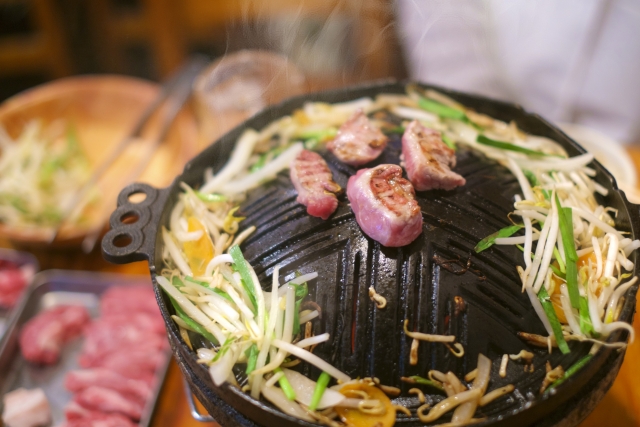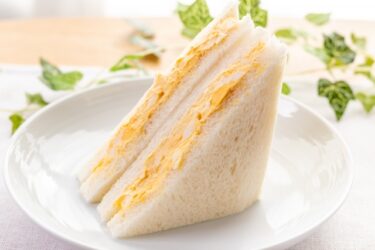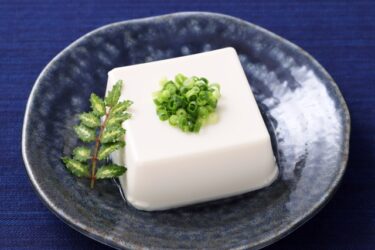Jingisukan is a dish that lamb or mutton and vegetables are grilled on a special iron plate and is one of the local foods in Hokkaido.
The iron plate used in Jingisukan has a dome shape with a raised center and a groove on the surface. It is designed so that the oil in the meat falls down the ditch and the flavor of the meat is transferred to the vegetables.
There are cases where the meat is grilled in the special sauce in advance, and there are cases where the meat is grilled and then put in the sauce. Sauce is usually based on soy sauce, but there are many types because it expresses the individuality of the restaurants.
What is Jingisukan and is it okay for me to eat it?
Materials of Jingisukan
Lamb, mutton, bean sprouts, onions, peppers, carrots, Chinese cabbage, etc.
Sauce soy sauce, miso, sugar, apple juice, ginger, garlic, sesame oil, etc.
Sauce is made by the restaurant with its own recipe
| Low-gluten | ||||
| Restaurant |
Jingisukan, the name of dish comes from the Mongolian emperor Genghis Khan
The name of this dish, Jingisukan, comes from Genghis Khan (1162-1227), the emperor of the Mongol Empire. There are some theories as to why this name was given. One is because there is the image that mutton is often eaten in Mongolia. The other is that the iron plate used in Jingisukan resembled the shape of the instep of a Mongolian soldier. In Mongolia today, there is no dish similar to Japanese Jingisukan.

It is not clear when this dome-shaped iron plate has existed, but by grilling the meat in the raised part and spreading the vegetables in a donut shape in the lower part and grilling, the flowing gravy soaks into the vegetables and we can eat them deliciously. It became a local dish of Hokkaido because it raised the largest number of sheep in Japan.

Originally, Japanese people did not have a habit of eating lamb or mutton. In order to make the slightly odorous meat easier to eat, we have devised ways such as adding garlic and apples to the sauce. In the 2000s, it was noticed that lamb or mutton had less fat than beef, and Jingisukan became a popular dish. Japanese people who travel to Hokkaido always eat Jingisukan and ramen.
Try to eat Jingisukan!
How much ?
$ 20 – 30
Where can I eat Jingisukan?
Jingisukan can only be eaten at specialty restaurants. Let me introduce some popular restaurants.
Sapporo Jingisukan Daruma
A famous restaurant founded in 1954, there are 5 stores in Sapporo. The characteristic of the restaurant here is that it uses fresh raw mutton and that the sauce is pickled after the meat is grilled. The sauce in this restaurant has a refreshing taste. Also, the vegetables offered at first are free.

Sapporo Beer Garden
At a tourist facility run by a beer company, we can eat Jingisukan while drinking fresh beer. There are 5 restaurants in the vast facility. The restaurant named “Lilac” offers Jingisukan, which is made by grilling lamb that has been soaked in sauce. On the other hand, at the restaurant named “Garden Grill”, we can eat lamb meat bred with grains.
Matsuo Jingisukan
A famous Jingisukan specialty restaurant founded in 1956. There are many stores in Hokkaido. The characteristic of this restaurant is that the meat is pre-soaked in the characteristic sauce. It’s well-flavored, so we don’t have to soak the sauce after grilling. It is also popular to bake udon noodles with Jingisukan. There is also a store in Tokyo.

Precautions when eating Jingisukan
For gluten-free people with celiac disease
Soy sauce is used for the sauce of Jungisukan.
For gluten-free people other than celiac disease
The sauce used in Jingisukan contains soy sauce, but the protein contained in the soy sauce is decomposed during the brewing process and does not remain. You can eat it, including those who are allergic to wheat. However, it is up to you to decide whether to eat.
For Muslims
Jingisukan can be eaten with confidence.
Japanese writer’s comment for Jingisukan
I have eaten Jingisukan only a few times, but I have never felt the smell of lamb and it was very delicious. The taste of the sauce is especially impressive, and the scent of the flavored vegetables and the sweetness of the fruits are wonderful, and if you eat with that sauce, you will be able to eat all kinds of vegetables and rice.
I’ve heard from people that people who often eat Jingisukan don’t put soup stock in the last remaining sauce and drink it, or put rice in it and eat it in Ochazuke, and don’t throw away the sauce.
In Japan, there is a way to enjoy soba hot water by adding boiled juice to the soup after eating soba.



